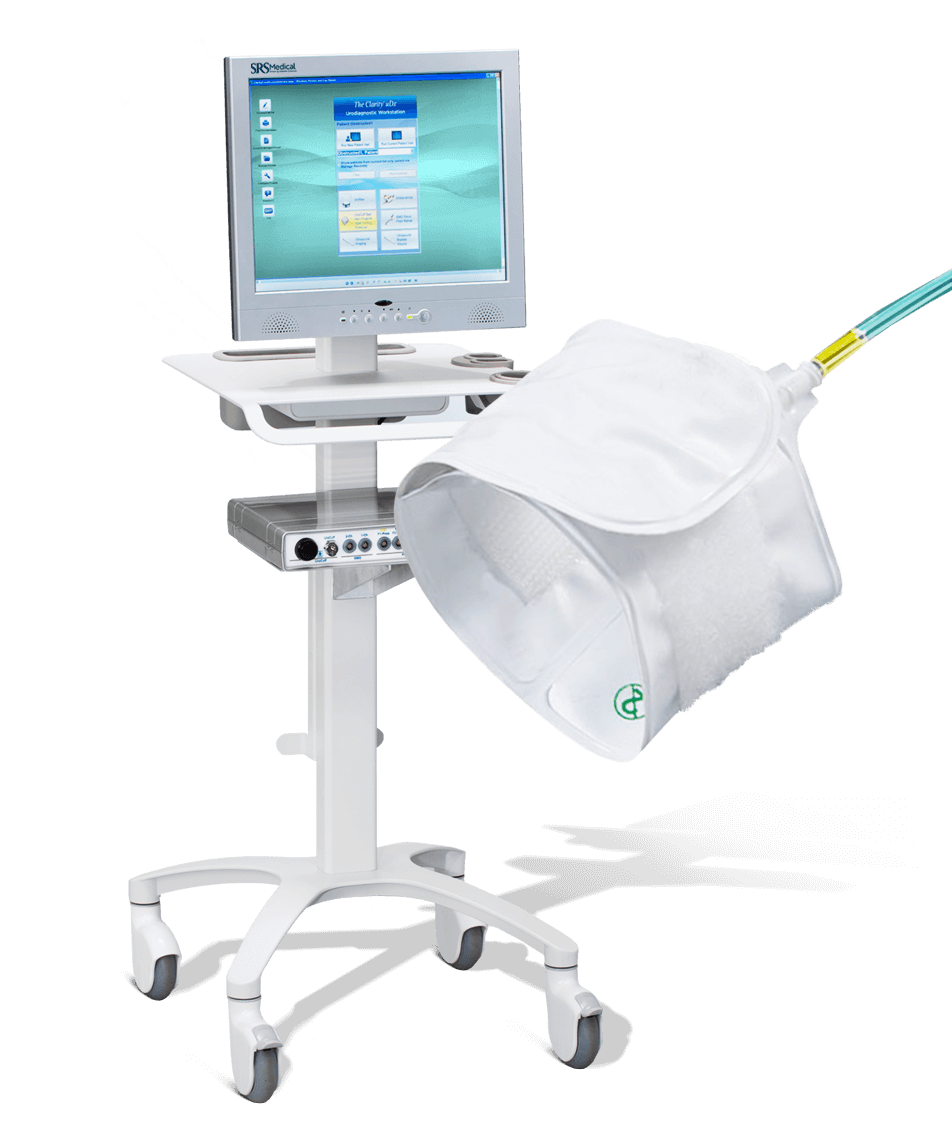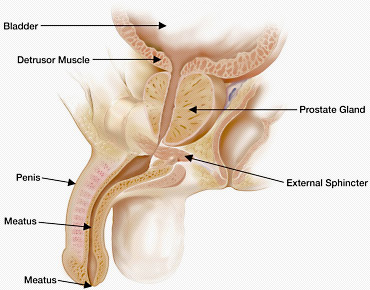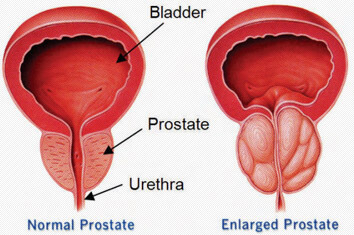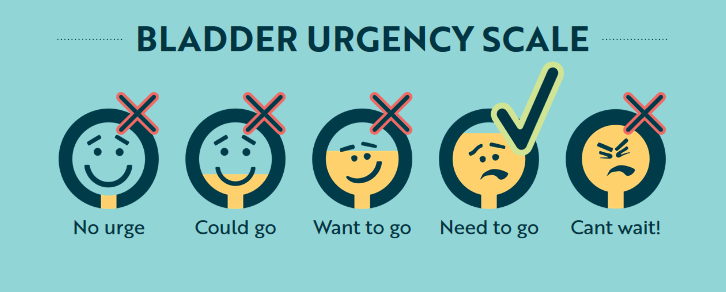The UroCuff® Test
Better answers.
The best predictor of symptom relief is a healthy, functioning bladder.
For men with BPH, maintaining a healthy, properly functioning bladder is key to long-term health and well-being. Your bladder’s ability to “pump” urine out of the body is directly related to BPH symptoms like frequency (going often), nocturia (going often at night), hesitancy (trouble starting), poor stream, and dribbling.
Depending on the health of your bladder, your symptoms and your overall health, you and your urologist will determine the best options to treat your prostate.
What is The UroCuff Test?
The UroCuff Test provides your urologist with information about your bladder function to better understand the causes of your symptoms. The UroCuff is a non-invasive diagnostic test for male urinary disorders (LUTS). This test allows your urologist to collect important data about your bladder function while you urinate.

How It Works
The UroCuff Test measures the amount of pressure generated by your bladder, your urine flow rate and amount of urine that you void.
Preparing for the Test
Frequently Asked Questions
Anatomy of Urinary System


Symptoms related to storing and voiding urine are known as Lower Urinary Tract Symptoms (LUTS).
Talking to Your Doctor about The UroCuff® Test
BPH is a very common condition and is one of the leading reasons men visit a urologist. Whether you have just started experiencing symptoms or if you’ve tried various medications or even surgery, there are a range of treatment options available.
Before you visit the doctor’s office, you can take this BPH Symptom Quiz, designed by the American Urological Association, to determine the severity of your symptoms. We will discuss your symptoms together to decide which treatment option is best for you.
Schedule an appointment today to discuss your BPH symptoms with us.





